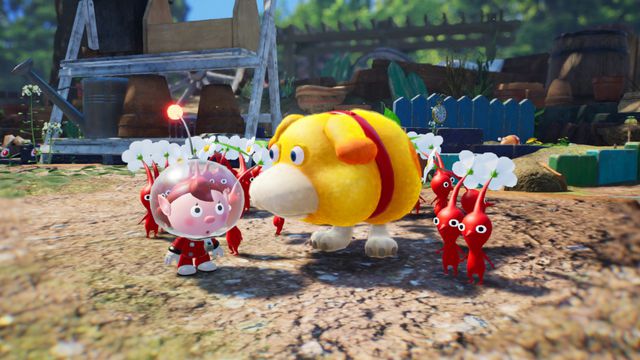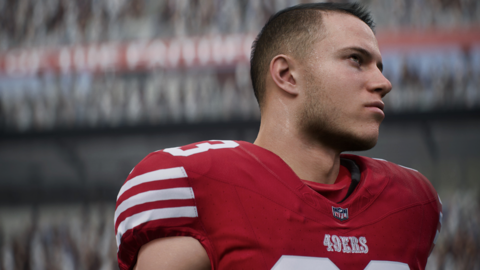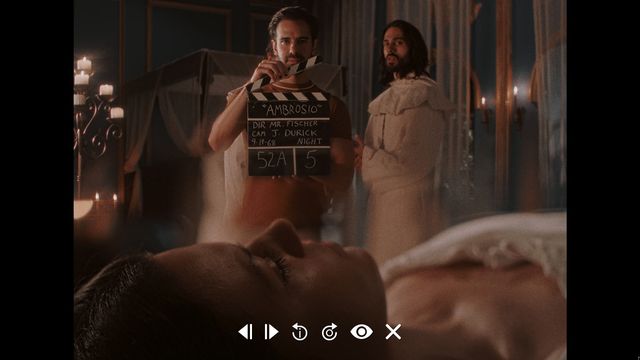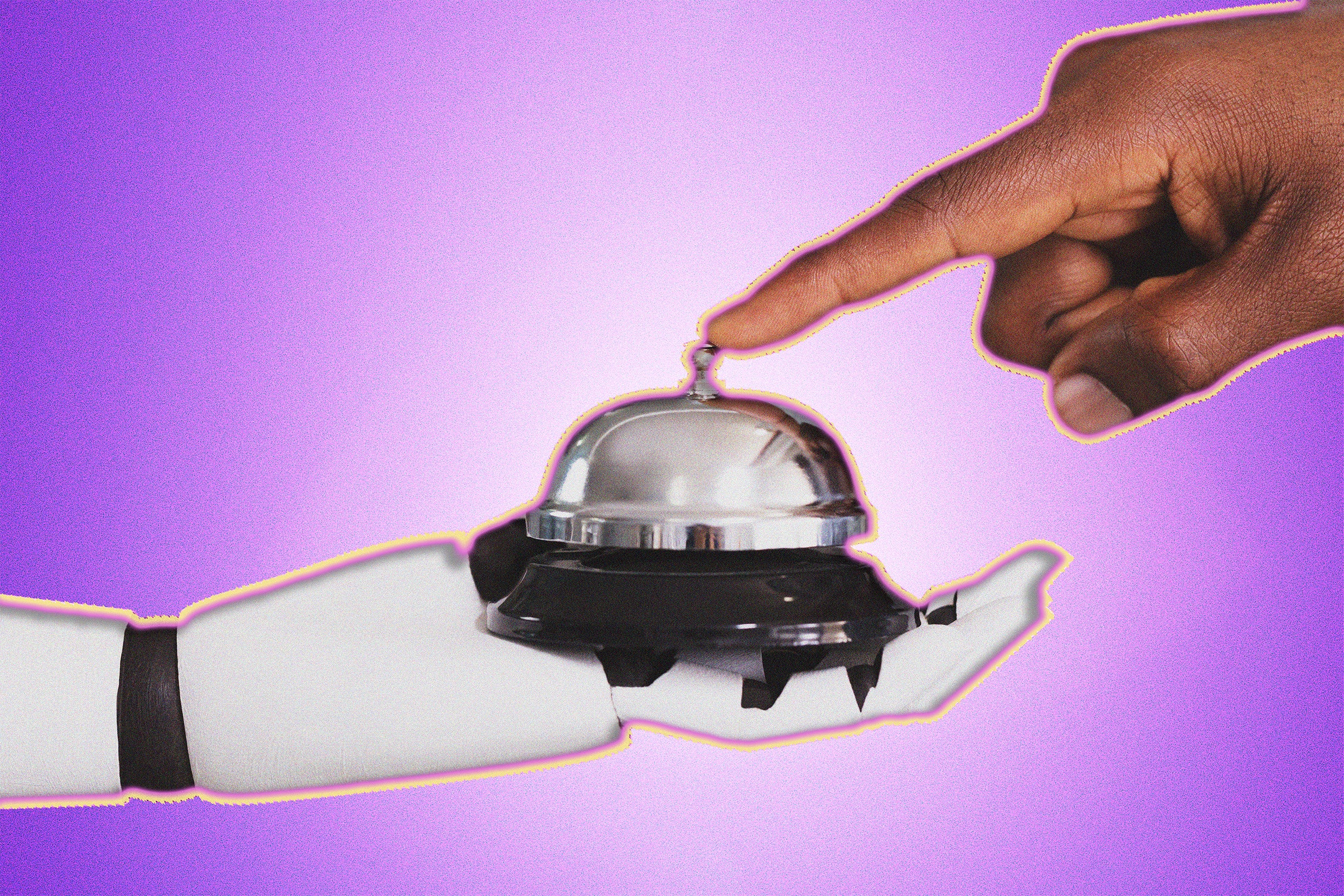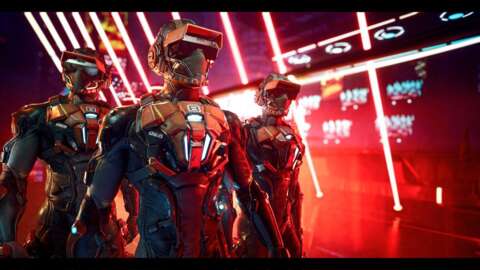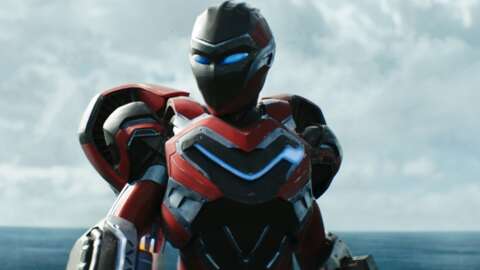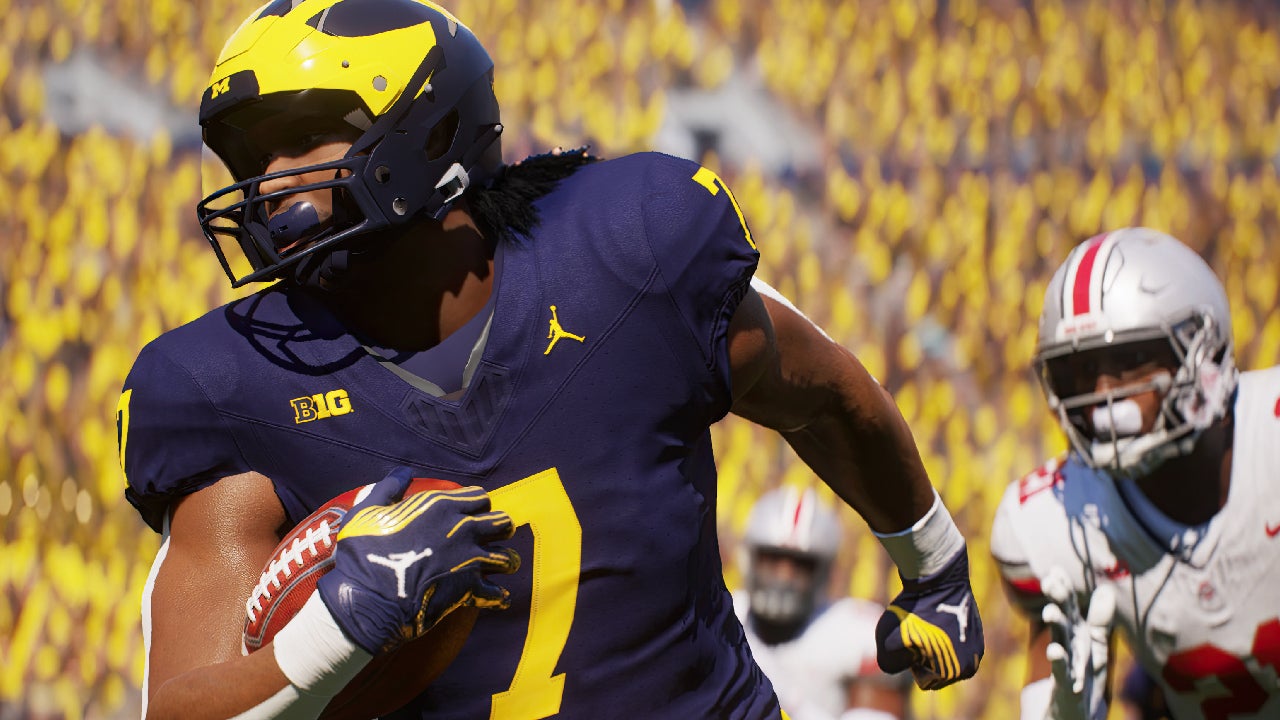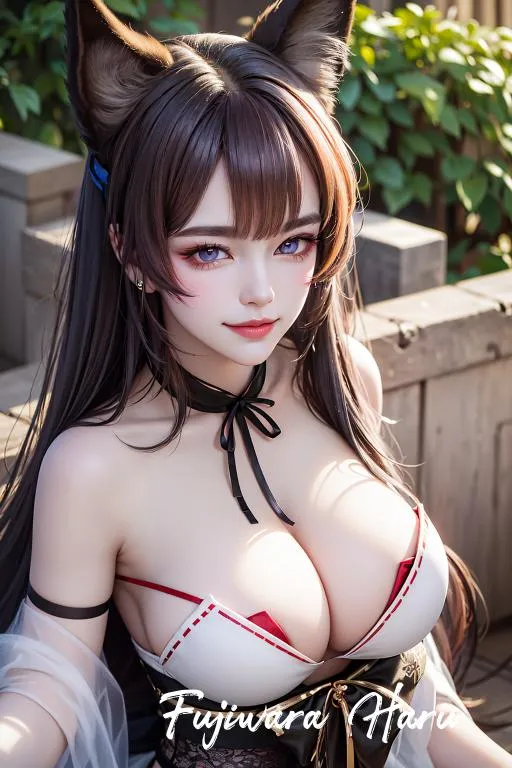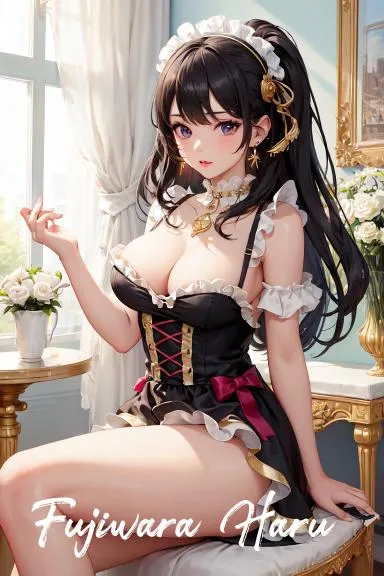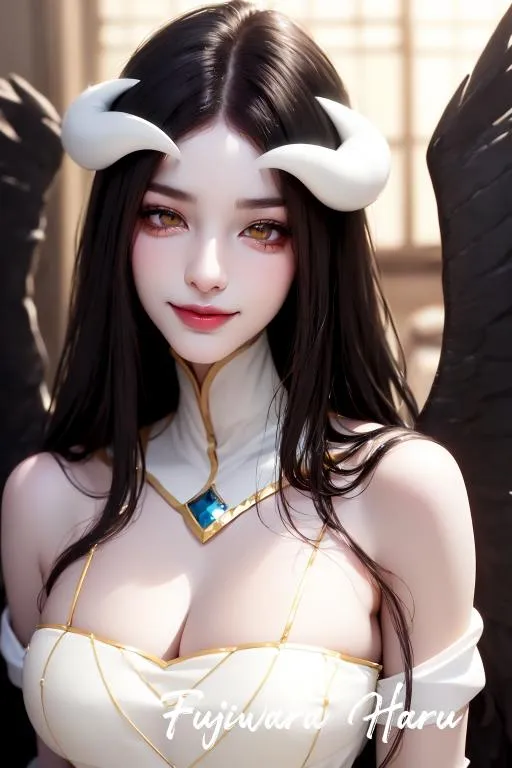Ed Boon is inarguably an industry legend, with a career that spans more than 30 years that includes the creation of one of the most influential fighting games of all time, Mortal Kombat. His team's latest, Mortal Kombat 1, is essentially a reboot of the series, refreshing its beloved characters with new origin stories, new looks, and sometimes even completely new identities.
But despite how much Mortal Kombat may change, certain things always remain the same: conversations about the game's penchant for violence, critique of its animations, and the difficulty with which streamers and content creators have monetizing their content. At a recent event in Chicago, I managed to ask Boon a handful of questions surrounding these topics, along with the upcoming Mortal Kombat 2 movie, how NetherRealm avoids fighting game burnout, and more.
IGN: You've been predominantly making fighting games for the better part of 30 years at this point. Do you ever feel fighting game burnout, and do you have any desire to do something different with the Mortal Kombat franchise or any franchise?
Ed Boon, Chief Creative Officer at NetherRealm Studios: To the second question: I absolutely have desire to do something different. Surprisingly, I don't feel burnout just because we've been trying new stuff with each game. Sometimes it's something as minor as like a side game of Puzzle Kombat, Konquest, all these kind of modes and now, Invasions. So those game features and game modes I think for our studio keep things kind of fresh while we still do the core mechanic of a fighting game in online, single player story, all that stuff.
IGN: I know that violence is intrinsically tied to Mortal Kombat, but with how important influencers, content creators, and streamers have become to video games and how difficult it's become to monetize Mortal Kombat content, does that give you any thought about any kind of streamer safe mode that kind of cuts around or limits the blood and gore?
Ed Boon: Yeah, it does. The dilemma, I don't know if I'd call it dilemma, but the thing that I think about is, let's say we had a mode that turned off all the blood or something or didn't have fatalities or something like that. Part of it is... part of the definition of Mortal Kombat is those things. And so to strip away an entire layer of it, do we really want that to be the main representation that is of the game online? It's not the whole presentation. Now, granted to me it's not like, "Okay, so that's a deal breaker. We're never going to do it." I'm always trying to think what can we do to keep the spirit of what the game is, but also allow streamers, because I'm fully aware of streamers, to show the game and make content based on the game. I think that's the dilemma.
IGN: Switching gears, actually, to the MK2 movie, what's your involvement with that production and do you have any thoughts of Karl Urban's casting as Johnny Cage?
Ed Boon: I met Karl when I went out there and he's a great guy. I saw some scenes and he does a great job at it. It's funny, everybody thinks of him as the Butcher character from The Boys and he's got the beard, so you don't think of what does he look like without it. But then when you put the glasses on and he shaves a beard and all that stuff, you're like, "Oh, that's Johnny Cage." So I'm very excited about it. I've seen scripts and we've had conversations and what not obviously about it, so I'm excited about it.
Mitchell: Homelander, Omni-Man, and Superman, for that matter, all have very similar move sets or power sets. How do you go about differentiating each of those characters to make them feel unique?
Ed Boon: Yeah, that was... a number of people were talking about that. Obviously we could do anything with the characters, but I don't think we're going to have both Homelander and Omni-Man have heat vision or something like that. We're not going to have them both do all the kind of category of Superman type things. We're going to divvy up those abilities, so it's not like it's just a clone of the same character. They're definitely going to play differently. The main attacks are going to really differentiate them, but we're definitely aware of the assumption that some people were making on, "Oh, they're just going to be the same characters".
IGN: Can you talk a little bit about the decision to go so heavy into the 3D era characters and bring those characters back in Mortal Kombat 1?
Ed Boon: Sure. For people who've been with us, if you count, we're somewhere around 90 to 100 characters that we've introduced in some capacity over the years, and we always have Scorpion, Sub Zero, Liu Kang, Raiden, Kitana, Mileena. And so we always want some characters to have a break, so everybody can get excited about the other characters. And we really thought that now with starting over with Mortal Kombat 1 from the beginning, one of our goals was to have that surprise factor, "Oh, I haven't seen Li Mei in forever. I haven't seen this character in forever." So the 3D era is kind of our big agenda that we have there. Players haven't seen them in a while.
IGN: Are you relieved to have Mileena on the starting roster so that you don't have people bugging you constantly?
Ed Boon: Yeah. Yeah. Yeah. Yeah. But now... and we haven't released the whole roster, but I knew it was going to happen, Mileena will be replaced with somebody else.
IGN: Right. Who's that new-
Ed Boon: And that's Jade. it's Jade.
IGN: It's Jade?
Ed Boon: Absolutely. And it's just as vocal, if not louder, and it's just part of making the game. That's what it is.
IGN: Did you have any direction for the team with regards to the Kameo system? Tag assists have obviously been in other fighting games, but was there anything that you did to try and make Kameos stand out as a uniquely Mortal Kombat thing?
Ed Boon: Absolutely. We actually had a tag team in Mortal Kombat 9. And a lot of people loved it, but in general, the vast, vast majority of players played just one character. And this is just my theory. I think some percentage of players just pick one character and they're just like, "That's my main character. That's who I play." And to say, "Okay, now you have to learn two characters and play them at once," they're a little bit like intimidated by that. So we love the idea of assists and having characters come in and the swapping and all that. But we didn't want to add – I wouldn't call it the burden – but the requirement that you know two characters deeply.
And so the Kameo characters are lighter. It's easier to learn a Kameo character and their function than it is a whole new character. And so, I think we've hit the sweet spot in terms of getting that tag assist feature in there, but not requiring the player to learn an entire new character. I think some hardcore fighting players would have no problem with it. And those are the ones who loved it in MK9, but the mass market audience, I believe is really going to love the cameo stuff.
IGN: And then shifting gears to Invasions, what was the reasoning behind taking towers, taking Krypt and kind of putting them together into their own kind of thing along with adding the other elements of progression as well.
Ed Boon: We had done a number of Krypts over the years. We had done a number of Konquest modes. We did that twice. So we really, again, with every game, one of the kind of main goals is, "Let's bring something new to it, something new to the table that players haven't played before." And we really set out to do that in this game with the single player thing. We basically asked ourselves, "What did people like most about Towers of Time, Krypt, Konquest," all these things and just kind of make a new mode that is the best of all those, best of both worlds.
IGN: And then final question: Animations are something that people talk a lot about when it comes to Mortal Kombat – A lot of criticisms about certain attack animations. Do you have any comments with regards to some of those criticisms and why they are prevalent on Twitter?
Ed Boon: I don't know. Certainly there's different animation styles that different games have. I think one of the things is our characters, I believe are the most photorealistic. And Street Fighter has beautiful characters, but they're probably dialed a little bit more towards kind of the anime a little bit type of exaggeration and stuff like that. We're always going for exact anatomically correct characters. And sometimes just seeing our characters doing these kind of five frame attacks and crazy things like that, there's a bit of a disconnect that we can't quite get away with it as well as a game that has more anime characters. I think that's a factor to it.
Mitchell Saltzman is an editorial producer at IGN. You can find him on twitter @JurassicRabbit
